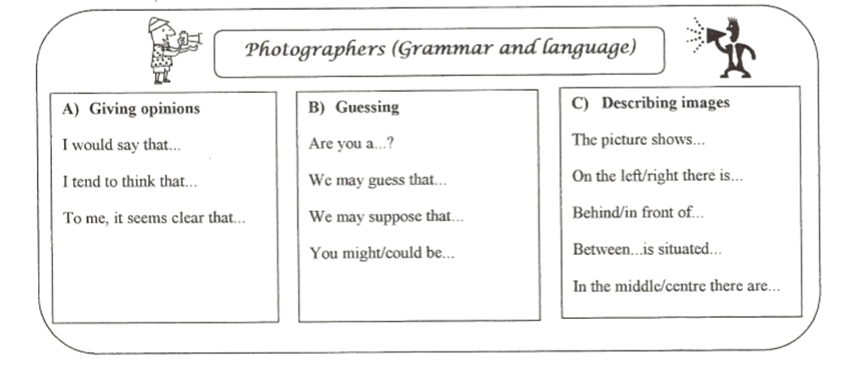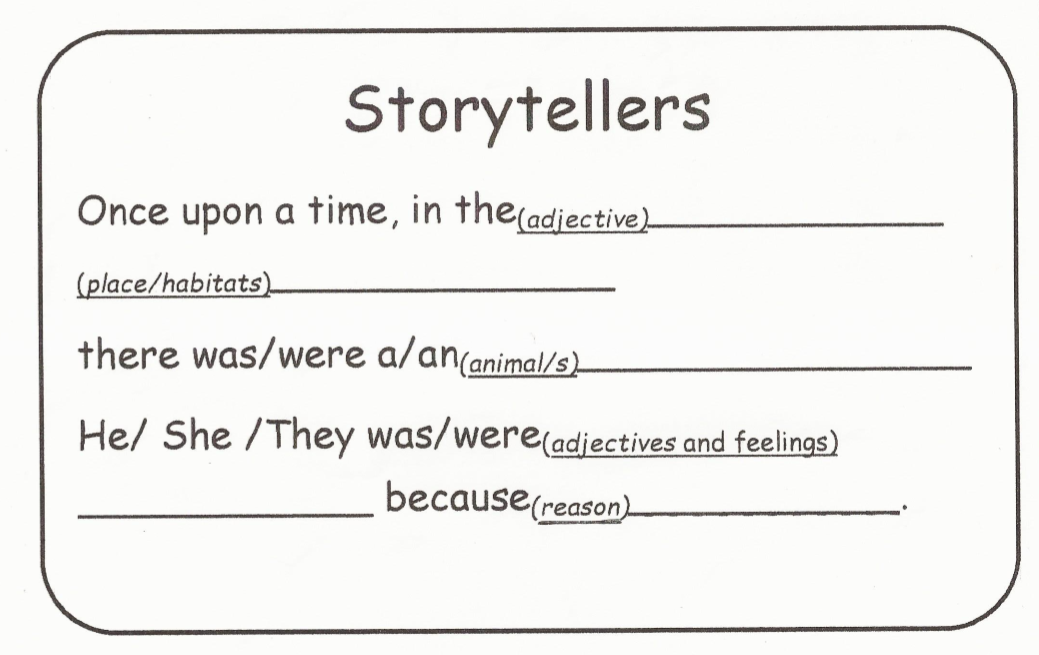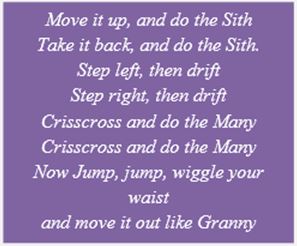Hi everyone!
Today we, Azu Rodríguez and alicia.lopez, would like to share with you an experience that we carried out two days ago, which we consider could be useful for you (especially for those of you who could not come to our lesson). Although for some people it might sound a little bit strange, we included some contents of this wonderful subject, Exploring Children’s Literature in English, into an amazing lesson of the Physical Education subject. Yes! You read it right! Literature and Physical Education were together in one lesson.
Everything came up due to the fact that we had to design a Physical education lesson as a main project for the subject with the same name. Although from the beginning we wanted to give a cross-curricular nuance to our project, initially the contents/topics that we had in mind were reduced to Corporal expression (content of P.E.) and Animals (content of Science). However in the end, we could get a lot more from it, including other science contents and contents of this subject such as: Storytelling, Drama and something similar to Jazz Chants. This is going to be much clearer for you once we have explained you some of the activities.
Firstly, we developed an activity called Photographers. It consisted on the representation of a photograph (of any topic) by the students, who were divided in different groups. The task is based on two different stages: In the first one, while the music is on, a group of students is preparing the photograph, and the rest of classmates are back towards the small group at the same time that they are dancing around them. Then, when the music stops, the small group should statically maintain their position, in order to imitate a photograph. Finally, the rest of the class has to guess what the topic of the photograph is. For helping students to guess the topic of each photograph, we provided them with some grammar structures and sentences that were really useful to express their hypothesis and opinions correctly.
We consider that it was completely linked with the fact of using Drama in Content CLIL lessons, which is something that although we haven’t seen it yet, we will do it in a few lessons.
Secondly, we continued with Storytellers. This task is composed by two phases. During the first one, the teacher acts as a narrator who tells the pupils a short story, and at the same time, they have to mimic what he or she is telling them. Along the second phase, students are divided in small groups. In each group, one of the students is the narrator and the other ones represent the story through gestures. Finally, each group shows to the rest of the class their own stories. In order to help them to create the story, we gave them a written frame or template with the general structure of the story.
Thirdly, another activity was the one named The Continental Drift. In the beginning we were just looking for a video of a dance, when we stumbled across a video that exceeded our expectations. It did not include just a dance (which was somehow related with the previous topic of the animals, apart from another content of the Science content: the movements of tectonic plates) but also contained a great song which lyrics allowed us to work both, vocabulary movements (move, jump, step, crisscross…) as well as grammar structures (how to give orders). Here you can see the lyrics of the song, and a little bit below we have attached the link of the video in case you want to take a look ![]()
https://www.youtube.com/watch?v=uMuJxd2Gpxo&list=PL0825A7D71881A668
On one hand, important and present components of our Lesson Plan were the Multiple Intelligences. Although, this is not a theory directly related with the subject Children’s Literature in English, we may suppose that it is something that can determine in some way the task engagement of students, in any subject including this one. Concretely, we focused in the following ones:
Musical (Musical Smart), Bodily-Kinesthetic (Body Smart), Interpersonal (Personal Smart) and Verbal-linguistic (Word Smart). The last one could be quite related with this subject.
To put in practice these intelligences (individually and combined) let students feel comfortable with the activities, that is, pupils can feel identified with some of these intelligences. The final result can be resumed as a much more effective and significant learning.
On the other hand, the cross-curricular concept that we have described along this post was not something completely new for us. Specially taking into account those links between in which one of the involved subjects was Children’s Literature in English. In fact, last year, through the subject Natural Science Didactics, we worked on similar activities, where we learnt contents singing and reading fairytales. For instance, we adapted Goldilocks and the Three Bears. Through that story, we tried to teach concepts related to measurements such as temperature (remember that Goldilocks tasted three different soup bowls) and length (Goldilocks took place in three different chairs). It was a creative and interesting activity and these resources can be really motivating for children.
Finally, although our lesson was designed for a concrete year of Primary, the material’s difficulty as well as the activities are easily adaptable. This is the reason why we mentioned at the beginning that it could be useful for you, because it can be applied in almost any year of primary.



Pingback: Two completely different subjects together? | Exploring children's literature in english